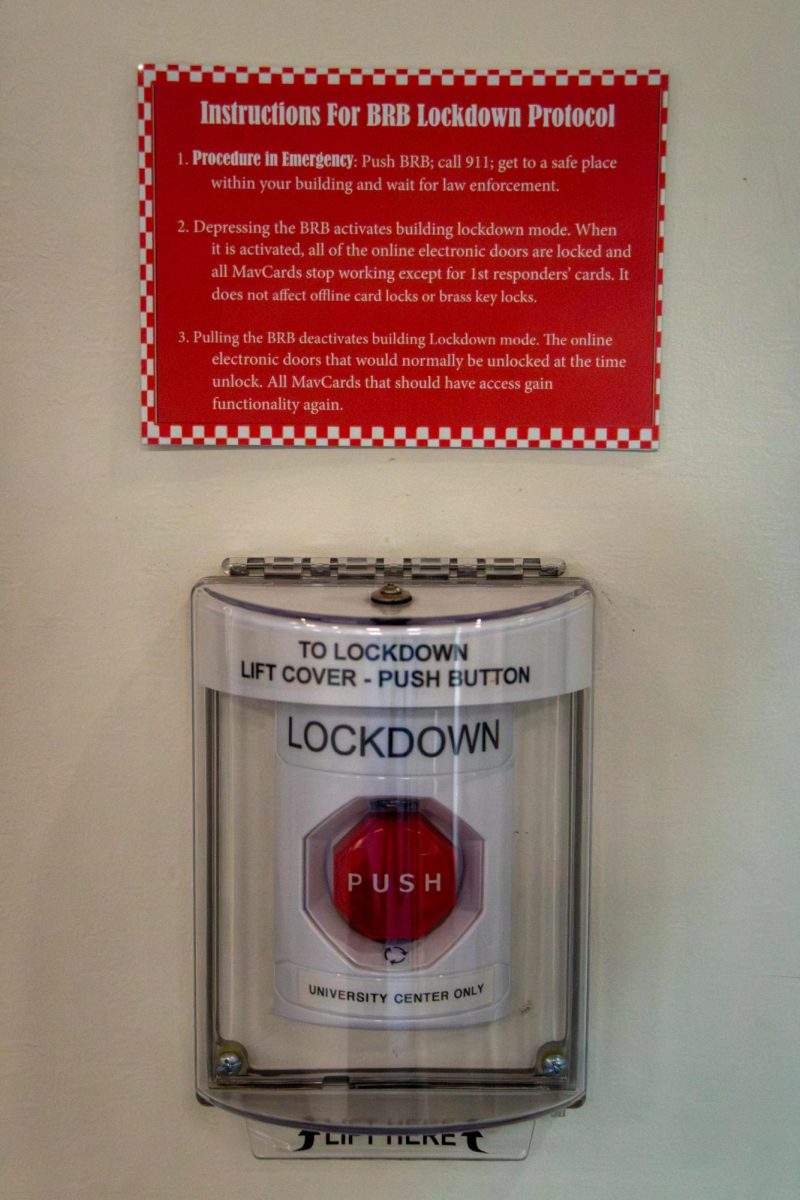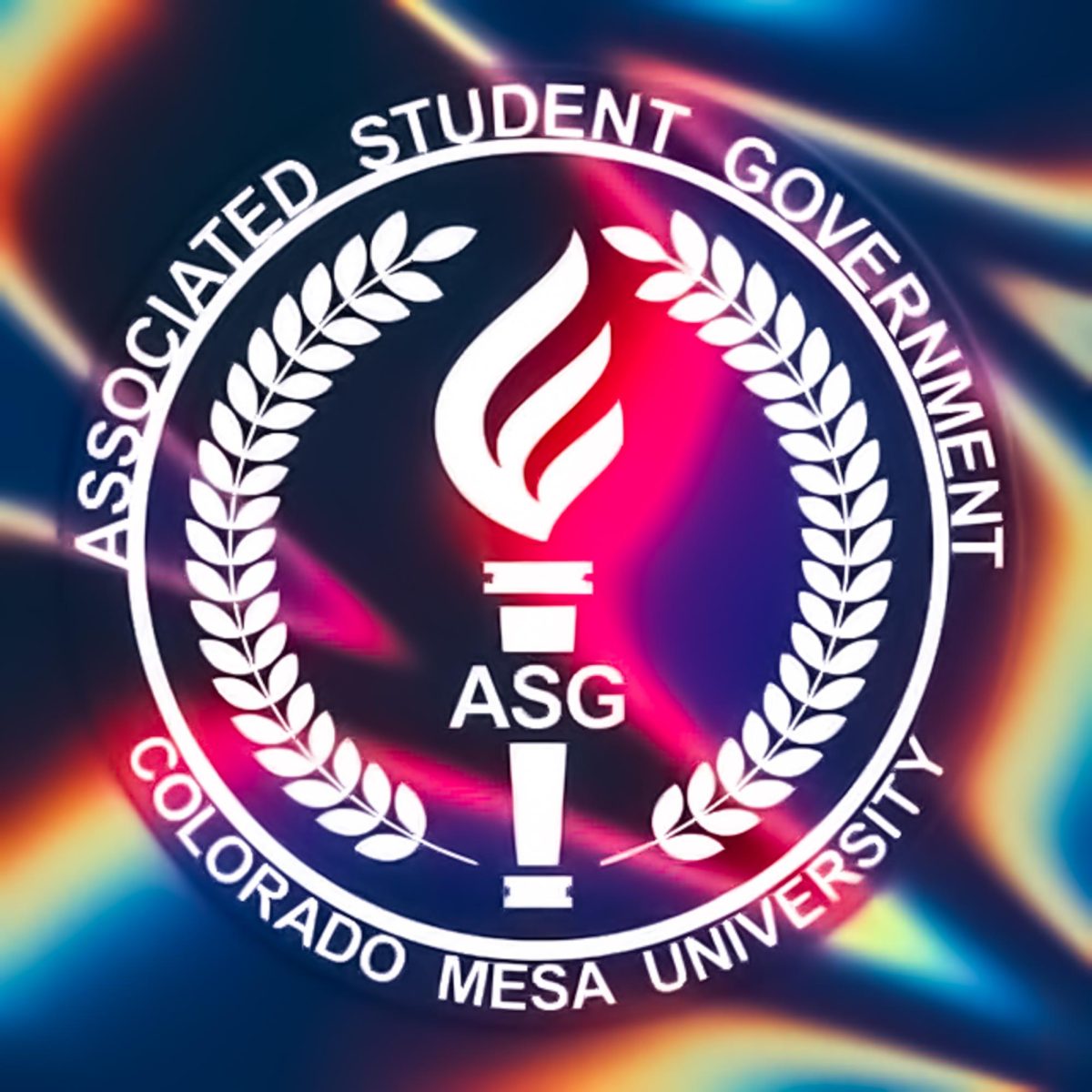According to the Grand Junction Daily Sentinel, the recent rainfall has led to this being the “second-wettest March in Grand Junction history.”
Around this time last year, Colorado was facing a deep drought due to minimal snowpack and little rainfall. The dry conditions persisted for four to five months and precipitation was below normal.
According to a statement released last year by the National Weather Service, Grand Junction and surrounding areas were facing extreme and severe drought which led to various implications including “wildland fire impacts, and agricultural impacts to both winter crops and grazing land.”
So far for this month, precipitation for Grand Junction has been 2.28 inches, just shy of the record which was set in 1912.
According to the U.S. Drought Monitor website, roughly 89 percent of the state of Colorado was experiencing some form of drought. 34.7 percent of the state was reported to be experiencing severe drought and .6 percent of the state was in extreme drought.
A week ago, 46 percent of the state of Colorado was reported to be experiencing drought conditions, none of which was categorized as extreme. Severe drought conditions were reported for .6 percent of the state.
The most recent rainfall has reduced the total drought status of Colorado. Currently, the U.S. Drought Monitor website states that 25.1 percent of the states are facing drought conditions, none of which are categorized as severe, extreme, or exceptional.








